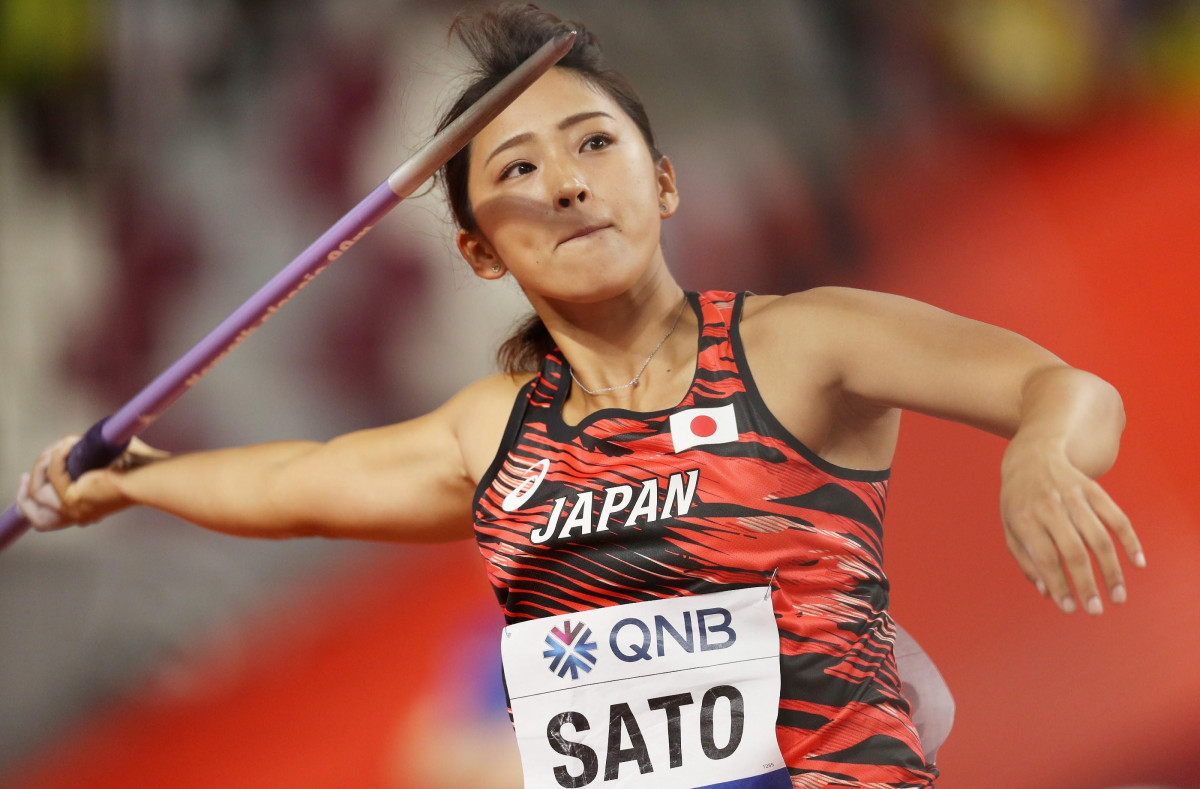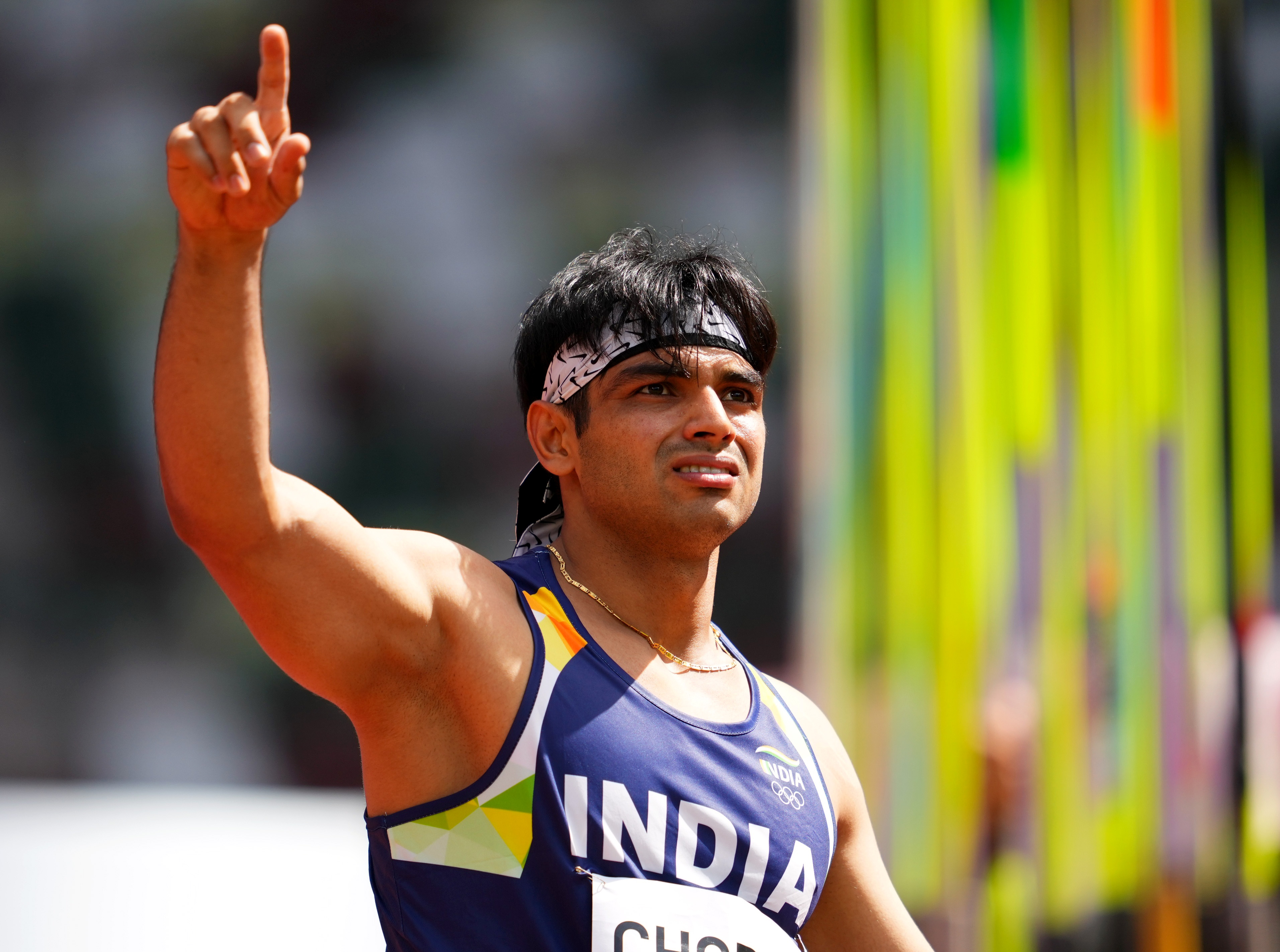The History and Evolution of Javelin Throw: Olympics Javelin

The javelin throw, a thrilling display of strength, precision, and athleticism, has a rich history dating back to ancient times. From its origins as a hunting tool and a symbol of power to its evolution as an Olympic sport, the javelin throw has undergone significant transformations. This journey is marked by innovations in technique, rule changes, and technological advancements that have shaped the sport into what we know today.
Origins and Early Forms
Javelin throwing has roots in ancient civilizations, where it was used for hunting and warfare. Archaeological evidence suggests that javelin-like weapons were used as early as the Stone Age. In ancient Greece, javelin throwing was a popular sport, and it was included in the Panathenaic Games, a major festival held in honor of the goddess Athena. The javelin used in these early competitions was likely a simple spear, similar to those used for hunting.
The Javelin Throw in the Modern Olympics
The javelin throw became an official Olympic sport at the 1908 Summer Olympics in London. Initially, the javelin was thrown with a “spear grip,” where the athlete held the javelin near the center of gravity, resulting in shorter throws. However, as the sport evolved, athletes began to experiment with different grips and throwing techniques, leading to significant improvements in distance.
The Evolution of Javelin Design
The javelin used in the early Olympics was made of wood and had a simple design. However, over time, technological advancements led to the development of more sophisticated javelins made of metal and fiberglass. These advancements allowed for greater stability, aerodynamic efficiency, and increased throwing distances. The introduction of the “center of gravity” rule in 1986, which stipulated that the javelin’s center of gravity must be at least 110 centimeters from the tip, significantly impacted the sport. This rule aimed to reduce the number of throws that landed beyond the designated landing area.
Notable Rule Changes and Their Impact
The evolution of the javelin throw has been influenced by a series of rule changes, which have shaped the sport’s trajectory.
- One of the most significant rule changes occurred in 1986, when the International Association of Athletics Federations (IAAF) introduced the “center of gravity” rule. This rule aimed to reduce the number of throws that landed beyond the designated landing area, as the previous javelins were designed to land farther. This rule led to a significant decrease in throwing distances and forced athletes to adapt their techniques.
- Another notable rule change was the introduction of the “grip rule” in 1985, which stipulated that the javelin must be held behind the center of gravity. This rule was introduced to promote a more controlled and safer throwing technique.
The Technique and Mechanics of Javelin Throw

The javelin throw is a complex athletic event that requires a combination of strength, speed, and technique. To achieve maximum distance, athletes must master the intricate phases of the throw, from the initial grip to the final release. This section delves into the technical aspects of javelin throwing, examining the biomechanics involved and the factors influencing the trajectory and flight path of the javelin.
Grip and Hold
The grip on the javelin is crucial for control and power generation. Athletes typically grip the javelin with their dominant hand near the center of gravity, while their non-dominant hand supports the javelin further back. This grip allows for optimal leverage and control during the throw.
The optimal grip position ensures the javelin is held securely and allows for the maximum transfer of energy from the athlete to the implement.
Run-up
The run-up is the phase where the athlete builds momentum and prepares for the throw. It typically involves a series of strides, accelerating gradually to reach maximum speed before the release. The run-up length can vary depending on the athlete’s individual biomechanics and preferred technique.
A well-executed run-up allows the athlete to generate maximum speed and kinetic energy, which is essential for achieving a long throw.
The Throw
The throw is the culmination of all the previous phases, where the athlete converts the accumulated momentum into a powerful release of the javelin. The throw involves a series of coordinated movements, including:
- Plant: The athlete plants their dominant foot firmly on the ground, creating a stable base for the throw.
- Rotation: The athlete rotates their body, transferring momentum from the legs and torso to the throwing arm.
- Release: The athlete releases the javelin with a powerful extension of the arm and a slight upward flick of the wrist, aiming for a smooth and controlled release.
Biomechanics of Javelin Throw
The biomechanics of javelin throwing involve a complex interplay of forces and movements. Key factors influencing the distance and accuracy of the throw include:
- Angle of Release: The angle at which the javelin is released significantly impacts its trajectory. An optimal release angle of approximately 35-40 degrees maximizes the distance of the throw.
- Release Velocity: The speed at which the javelin is released directly influences its distance. Higher release velocities result in longer throws.
- Body Rotation: Efficient body rotation allows the athlete to transfer momentum from the lower body to the upper body and ultimately to the javelin.
- Javelin Release Height: Releasing the javelin at a higher height allows for a longer flight path and greater distance.
Factors Influencing Javelin Trajectory
Several factors can affect the trajectory and flight path of the javelin:
- Wind Conditions: Tailwinds can assist the javelin, increasing its distance, while headwinds have the opposite effect.
- Javelin Design: The weight, shape, and aerodynamic properties of the javelin can influence its flight path and stability.
- Athlete’s Physical Characteristics: Factors like height, strength, and flexibility can impact the athlete’s ability to generate power and achieve an optimal release.
Technical Aspects of Javelin Throw, Olympics javelin
| Technical Aspect | Description | Visual Representation |
|---|---|---|
| Grip | The athlete holds the javelin with their dominant hand near the center of gravity and their non-dominant hand further back. | [A simple drawing of an athlete holding a javelin, showcasing the correct grip position] |
| Run-up | The athlete performs a series of strides, gradually accelerating to reach maximum speed before the throw. | [A sequence of stick figures depicting the athlete’s run-up, showing the gradual acceleration and increasing stride length] |
| Plant | The athlete plants their dominant foot firmly on the ground, creating a stable base for the throw. | [A stick figure with one foot planted firmly on the ground, representing the plant phase] |
| Rotation | The athlete rotates their body, transferring momentum from the legs and torso to the throwing arm. | [A stick figure demonstrating the body rotation, with the torso twisting and the throwing arm cocking back] |
| Release | The athlete releases the javelin with a powerful extension of the arm and a slight upward flick of the wrist. | [A stick figure showing the release phase, with the arm fully extended and the javelin leaving the hand] |
Notable Javelin Throwers and Records

The history of javelin throw is filled with extraordinary athletes who have pushed the boundaries of human strength and skill. From pioneers who shaped the sport to modern-day legends, these individuals have left an indelible mark on the world of athletics.
The Legacy of Javelin Throwers
This section explores the remarkable achievements and contributions of some of the most influential javelin throwers throughout history.
- Finnur Hjalmarsson: A Finnish athlete who dominated the early 20th century, Hjalmarsson set the world record in 1912 with a throw of 62.32 meters. He was the first to throw over 60 meters, a feat that inspired generations of javelin throwers.
- Steve Backley: A British athlete known for his exceptional throwing technique and power, Backley holds the world record in the men’s javelin throw, achieving a remarkable 91.46 meters in 1990. He is considered one of the greatest javelin throwers of all time.
- Barbora Špotáková: A Czech athlete who holds the current world record in the women’s javelin throw, Špotáková threw an astonishing 72.28 meters in 2008. She is a three-time world champion and an Olympic gold medalist, demonstrating remarkable consistency and skill.
- Jan Železný: A Czech athlete who dominated the 1990s and early 2000s, Železný is a three-time Olympic gold medalist and a three-time world champion. He is known for his smooth and powerful throwing style, and his achievements have significantly contributed to the sport’s evolution.
Comparison of Throwing Styles
Different javelin throwers have developed unique throwing styles, each with its strengths and weaknesses.
- Steve Backley: Backley’s style is characterized by a powerful and dynamic run-up, a high release point, and a smooth follow-through. His technique emphasizes speed and momentum, allowing him to generate tremendous power.
- Barbora Špotáková: Špotáková’s style is more focused on precision and control. Her run-up is more measured, and her release point is lower than Backley’s. This approach allows her to maintain accuracy and consistency, even at extreme distances.
- Jan Železný: Železný’s style combines power and control. He uses a smooth and fluid motion to generate speed and momentum, while maintaining accuracy and precision. His technique is considered to be a model for aspiring javelin throwers.
World Records and Factors Behind Their Setting
The world records in javelin throw have been constantly pushed by athletes who strive for excellence.
- Men’s World Record: Steve Backley holds the men’s world record of 91.46 meters, set in 1990. This record is a testament to Backley’s exceptional power and technique, and it remains a formidable benchmark for aspiring javelin throwers.
- Women’s World Record: Barbora Špotáková holds the women’s world record of 72.28 meters, set in 2008. This record reflects the remarkable progress made in women’s javelin throw, and it showcases Špotáková’s exceptional skill and athleticism.
Top 10 Javelin Throwers of All Time
The following table lists the top 10 javelin throwers of all time, based on their best throws:
| Rank | Athlete | Nationality | Best Throw (m) | Year | Notable Achievements |
|---|---|---|---|---|---|
| 1 | Jan Železný | Czech Republic | 98.48 | 1996 | 3-time Olympic champion, 3-time world champion |
| 2 | Steve Backley | Great Britain | 91.46 | 1990 | World record holder, Olympic champion, world champion |
| 3 | Andreas Thorkildsen | Norway | 91.57 | 2006 | 2-time Olympic champion, world champion |
| 4 | Aki Parviainen | Finland | 91.29 | 1999 | World champion |
| 5 | Seppo Räty | Finland | 90.93 | 1988 | Olympic champion, world champion |
| 6 | Terence Stevens | United States | 90.32 | 1976 | Olympic champion |
| 7 | Raymond Hemmings | Jamaica | 90.06 | 1985 | World champion |
| 8 | Kimmo Kinnunen | Finland | 89.95 | 1991 | World champion |
| 9 | Boris Henry | Germany | 89.58 | 1984 | Olympic champion |
| 10 | Roman Šebrle | Czech Republic | 89.54 | 2001 | Olympic decathlon champion |
The Olympics javelin throw is a test of strength, precision, and athleticism, demanding years of dedicated training. The world watches as athletes like Hunter Schafer, hunter schafer , a celebrated artist and activist, inspires us with her own brand of strength and determination.
Just as the javelin soars through the air, athletes like Schafer push the boundaries of what’s possible, proving that passion and dedication can lead to extraordinary achievements.
The Olympics javelin throw is a thrilling display of athleticism and precision. The athletes’ focus and strength are on full display as they launch the spear towards the target, much like the way Dominic Fike’s song about infidelity explores the complexities of betrayal.
Just as a javelin needs the right technique and power to achieve maximum distance, relationships need trust and communication to flourish.
